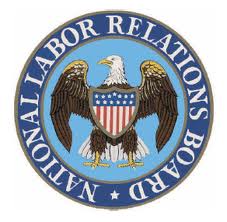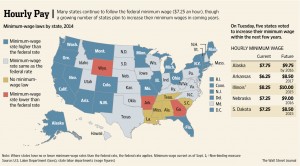 Perhaps the blurriest line in employment law is the difference between an independent contractor and employee. Companies prefer contractor status because it is cheaper and offers more flexibility. Contractors don’t receive benefits, can be relieved at any time with little to no liability, and the employer pays far less in employment taxes. In recent years, however, companies who use this model have faced increased litigation from workers looking for overtime and governments looking for unpaid taxes.
Perhaps the blurriest line in employment law is the difference between an independent contractor and employee. Companies prefer contractor status because it is cheaper and offers more flexibility. Contractors don’t receive benefits, can be relieved at any time with little to no liability, and the employer pays far less in employment taxes. In recent years, however, companies who use this model have faced increased litigation from workers looking for overtime and governments looking for unpaid taxes.
The front line of these battles has historically been in the construction and delivery industries, but now that battlefront is shifting. Uber and similar technology start-ups are increasingly relying on a business model of “matching” workers with customers looking for a service. In Uber’s case, an “App” matches a driver with a customer needing a ride. Uber has enjoyed great success, and is now facing increasing litigation over whether its army of contractors who accept driving assignments using their personal vehicles are really employees. A Reuter’s story on the lawsuits can be found here.
This is a good example of how legal issues never really go away, they just morph and adapt to changes in the workplace. As a takeaway, every employer who uses contractors should remember that it is important that such relationships meet the legal test for contractor status, and that all contractors (preferably) sign a comprehensive agreement. Simply calling a worker an independent contractor is inadequate. Generally, the worker must retain control over the details of the work, be free to work for other parties, and not be engaged in the same type of work performed by employees.








